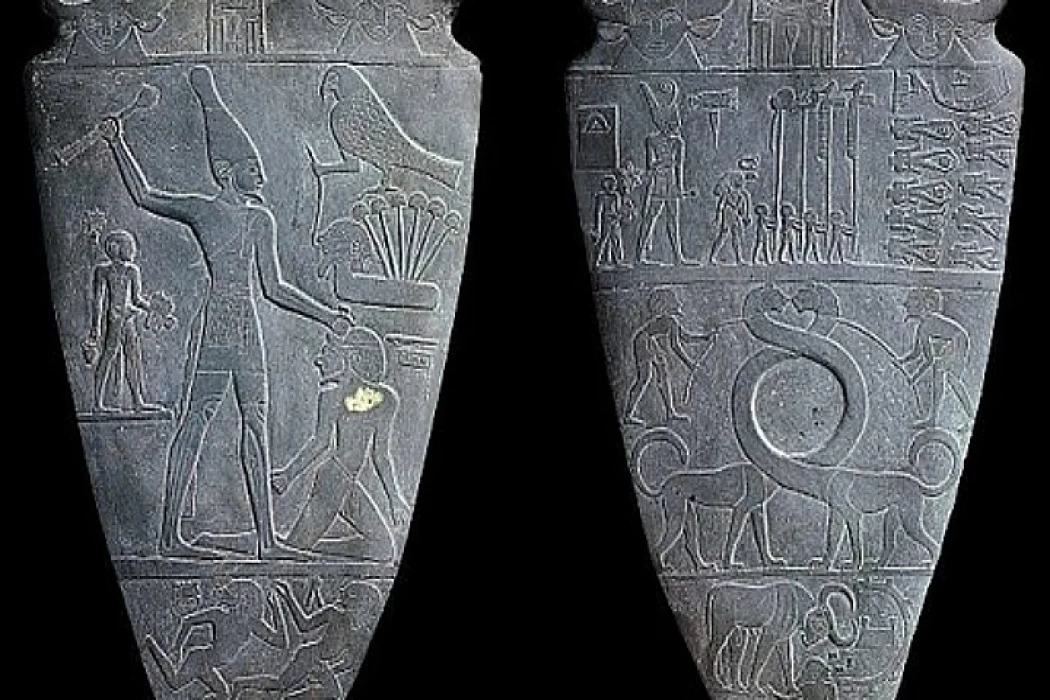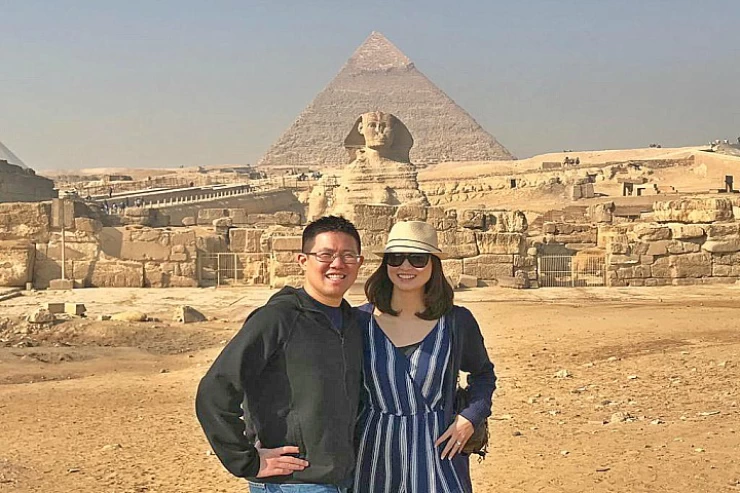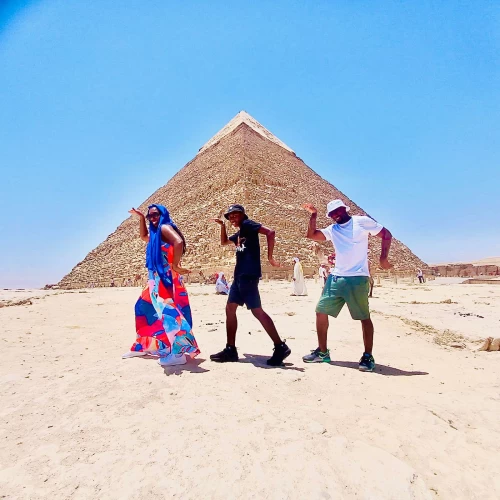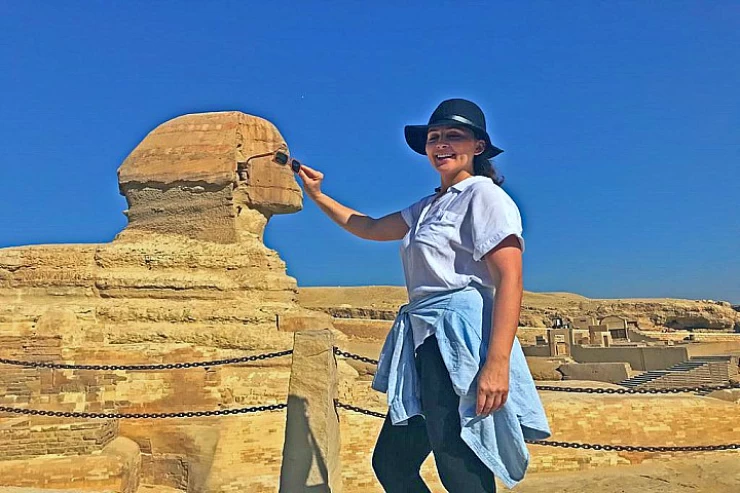
1st Dynasty of Ancient Egypt History
Information about 1st Dynasty of Ancient Egypt History
The question of who was the first pharaoh of Egypt has long intrigued historians and Egyptologists. Traditionally attributed to Menes, this title is often disputed between several mythical and historical figures, mainly Narmer and Hor-Aha.
The kings of the first dynasty of Egypt (c. 3150 - c. 2890 BC) all worked for the same purpose: to increase trade, expand the kingdom by military campaigns, and engage in construction projects (such as monuments, tombs and temples) and ensure central domination of the country. They governed from Memphis and the nearby city of Thinis, close to Abydos. The first king, according to the chronology of Manethon, was Menes who is eventually identified as the pharaoh believed to be his successor, Narmer. Narmer united the regions of Upper and Lower Egypt under a central government, initially at Thinis, before building a palace in Memphis and transferring the seat of government to that city.
The queen of Narmer, Neith-Hotep, may have been the first woman to rule in Egypt after her death. The kings who followed Narmer all pursued his policy. The greatest of them, Den (c. 2990 BC), was the first monarch depicted wearing the crown of Upper and Lower Egypt, indicating his domination over the entire region.
Den’s mother was Merneith, who may have reigned as regent when he was young or who may have ruled over Egypt as Neith-Hotep had done before. Military campaigns were launched against Nubia, Libya and Sinai during the first dynasty, which allowed Egypt to enrich itself and expand its territory, and the frontier lands not firmly defended were annexed.
Narmer may be the fabled king Menes, according to Flinders Petrie's theory. Much of this theory's foundation comes from an examination of the Narmer's Palette, which dates to about 3200 and 3000 BCE. With this color scheme, Narmer may be seen strikingly alternatively donning the white crown of Upper Egypt and the crimson crown of Lower Egypt. This clearly represents the visual integration of the two regions. The palette's cultural and spiritual significance was further enhanced by its usage as a ritual tool for blending and grinding makeup during religious rites, in addition to its ceremonial function.


















